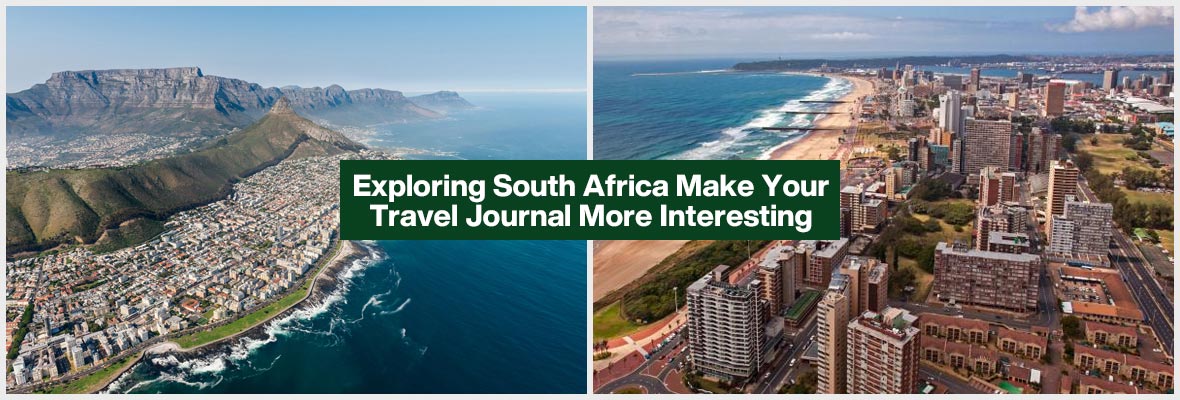
Table of Contents
Contents
Best Places To Visit in South Africa.
South Africa is a vast, diverse and incredibly beautiful country. They vary from the picturesque towns of Garden Route in the Western Cape to the rugged subtropical coast of northern KwaZulu-Natal. The vast Karoo semi-desert stretches across its centre, while Kruger National Park, one of Africa’s premier hunting destinations, stretches along the northeast border. The major cities attract immigrants from all over the African continent, making them a great cultural melting pot. Read our guide to South Africa before you go to learn everything you need to know.
Population: 56 million
Languages: South Africa has 11 official languages: Zulu, Afrikaans, Xhosa, Pedi, English, Swati, Ndebele, Sotho, Tsonga, Setswana and Venda.
Origin: The majority of the population is black Africans. Whites make up less than 9%, as do people of colour-mixed-race white settlers and slaves from Southeast Asia and Africa.
Size: The size of South Africa is the sum of France and Spain.
Politics: The country is a multi-party democracy led by President Cyril Ramaphosa.
Record-breaking first lady: Nelson Mandela’s widow, Graca Machel, who was married to the late President of Mozambique, is the only first lady to become the first lady of two different countries Women.
Nuclear dismantling: South Africa is the only country in the world that builds nuclear weapons and then voluntarily dismantles them.
From the vineyards of Cape Town to the province of Limpopo dotted with baobab, to the Karoo and Drakensberg mountains, South Africa’s travels are rich and rewarding. You can travel around South Africa in a few weeks, but it is more satisfying to focus on a specific area.
Each of the nine provinces has compelling reasons to visit, whether it’s wildlife, beaches, culture or city life. However, depending on the time of year and your interests, it is wise to focus on the West or the East.
Here are some of the best attractions in South Africa:
Cape Town is one of the most beautiful cities in Africa, and most of Table Mountain tends to do this. The rich urban fabric of Cape Town is reflected in its diverse architecture. The unique Dutch Cape style rooted in Northern Europe is most prevalent in Constantia Winery and is reflected in the whitewashed gables. Dissidents and Muslim slaves released in the 19th century added their minarets to the skyline. The British who conquered and freed slaves introduced Georgian and Victorian architecture. In the dense terraces of Bo-Kaap and homes in the sixth district, the descendants of the colorful slaves have developed an impressive form of Cape jazz.
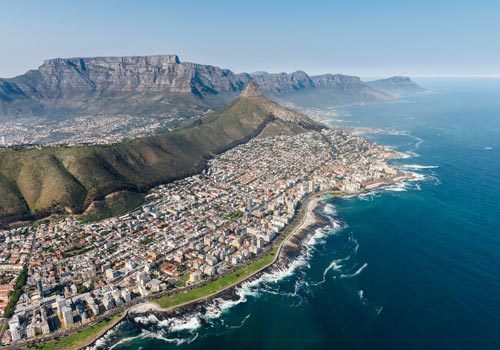
Exploring South Africa: Cape Town
Although the waterfront attracts thousands of Jo’burgers to its “Durbs” every year, the main interest of the town is its brave chest. Reconciling competing cultures seems to be an endless struggle. The second-largest group in Durban is the Indians, and their mosques, markets and temples are located next to the Victorian buildings in the colonial centre. The bustling harbour area is always photogenic, and the luxurious northern suburbs are full of fashionable cafes, restaurants and bars.
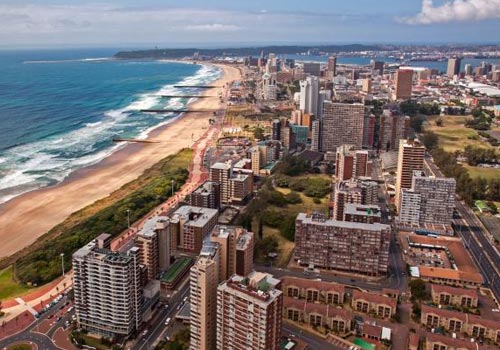
Durban
As early as 1886, when gold was discovered, Johannesburg is now a quiet field without trees. It is now the economic engine of Africa. It is the home of a huge, shocking and vibrant population of 6 million people. It is also a stark contrast between the rich and the poor. This city is considered to be a place worth avoiding, but its vibrancy and vigour are alluring. This highly cosmopolitan city has the most famous towns in South Africa, the most diverse cultural life, some of the best restaurants, and the most advanced nightlife.

Johannesburg
50 kilometres north of Johannesburg is Pretoria, the administrative capital of the country. Historically a stronghold of Afrikaans, it is now a cosmopolitan city of civil servants, diplomats, and students from South Africa and all over the world. Pretoria is smaller and more laid-back than Johannesburg and is an interesting destination in itself. A series of interesting museums and historical buildings include the famous Union Building, Mandela Monument, and the impressive Voortrekker Monument.
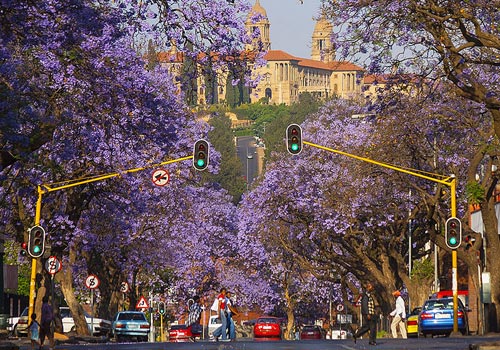
Pretoria
The Western Cape is the province with the most mountainous areas in South Africa and can be said to be the most beautiful province. The highlight for many is Winelands, where you can indulge in food and wine pairings while visually admiring Cape Town’s green valleys, magnificent mountains, and Dutch architecture. Elsewhere, the Whale Coast is the best place to watch whales onshore in winter in South Africa, and the Garden Route is a scenic ride along the N2 between Cape Town and Port Elizabeth.
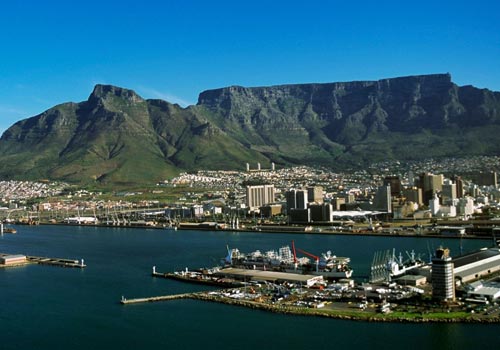
Western cape
The Eastern Cape, located between the Western Cape and KwaZulu-Natal, is often overtaken by tourists to South Africa-and for various wrong reasons. The relative neglect it has experienced as a tourist destination is exactly its charm. Visit traditional African villages and explore the undeveloped 1,000 kilometres of coastline in the area. From Addo Elephant National Park to the historic city of Port Elizabeth, this unfamiliar province is one of the most valuable provinces in South Africa.
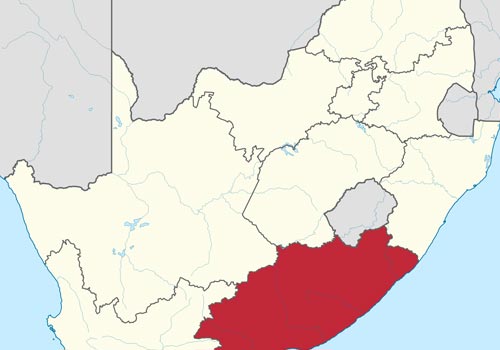
Eastern cape
From the lonely Atlantic coast to the regional capital of Kimberley, the vast Northern Cape covers more than one-third of the country’s land area. The region is dominated by hot, arid, and arid landscapes and long travel distances. However, the flower space turns the scene into a colourful scene. Watch wild animals roam the red sand dunes and golden meadows. Perhaps the greatest miracle is the Orange River, which separates the mighty Kalahari and Karoo rivers-two sparsely smoky semi-desert ecosystems.
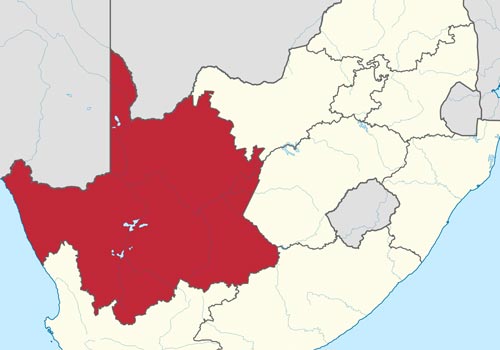
Northern Cape
KwaZulu-Natal has everything that South Africa is famous for-beaches, wildlife, mountains and accessible ethnic culture. Durban is the industrial centre of the province and has an intoxicating cultural atmosphere. Towering mountain peaks and ancient San (Bushman) petroglyphs carved out the landscape at uKhahlamba-Drakensberg. Hluhluwe-iMfolozi Park is one of the best places in the world to watch black and white rhinos.
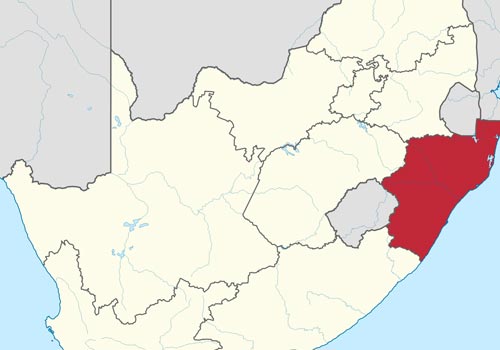
Kwazulu Natal
The Maloti Drakensberg Trail is one of the most picturesque roads in South Africa. This highway is located in the mountainous eastern part of the Free State, where the traditional stronghold of conservative African rule. If you are driving from Johannesburg to the Eastern Cape or Western Cape, the Eastern Highlands are well worth the detour. Its highlight is the Golden Gate Highlands National Park, which is dominated by the beautiful Maloti Mountains and red-striped sandstone outcrops. West of Golden Gate is Clarence, which is by far the most beautiful chain of towns on the border of Lesotho.
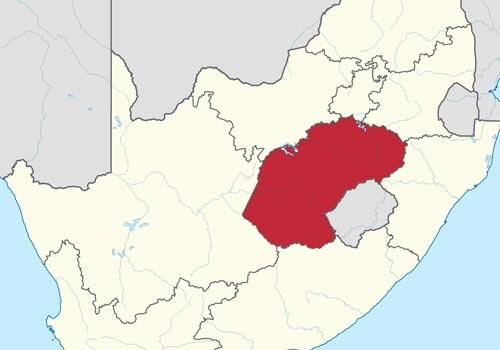
Free state
Gauteng is the smallest area in South Africa, accounting for less than 2% of the country’s land area, but contributing about 40% of GDP. With a population of more than 12 million, Gauteng dominates metropolitan areas including Johannesburg, Pretoria, and numerous industrial towns.
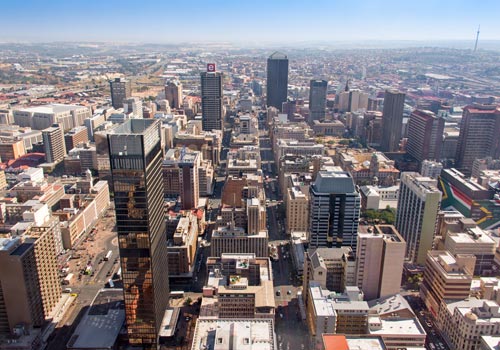
Gauteng
The North West Province is one of the most unknown regions in South Africa. It is famous for its luxurious Sun City Resort and the Big Five in Pilanesberg National Park, but not many. Few people will venture beyond these milestones; so it is strange to do so. The old-fashioned hospitality of countless small towns (farm towns) and the tranquillity of endless grasslands and corn (sweet corn) fields have brought refreshing changes after busy Johannesburg.
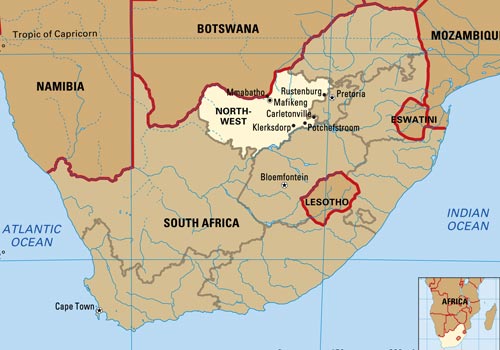
Northerwestern Province
Mpumalanga, “the country of the rising sun”, extends east from Gauteng to Mozambique and Swaziland. The province is synonymous with Kruger National Park, which is one of the best places for wildlife tours in South Africa. On its western border, there are many private reserves known as the Great Kruger-providing an opportunity to escape Kruger, where knowledgeable rangers hunt in open chariots.
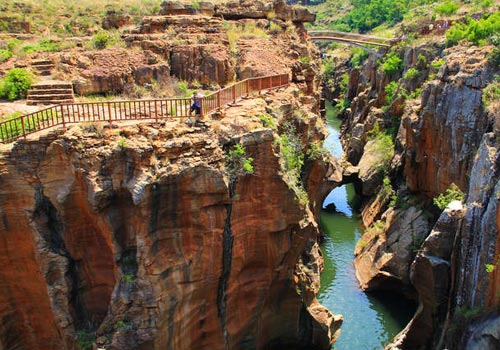
Mpumalanga
Most people who travel to South Africa are attracted by the promise of epic creatures. Kruger National Park is home to dozens of elephants, lions and thousands of other wonderful animals. Kruger covers more than 20,000 square kilometres. the equivalent of Plastein or El Salvador-414 kilometres from north to south. This is the easiest African theme park to visit on your own, with a variety of accommodation options. Alternatively, you can sign up for an organized safari tour or stay in an exclusive reserve.
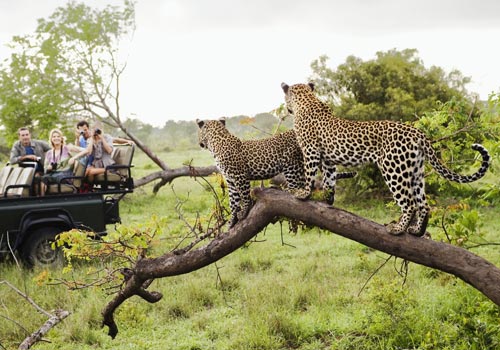
Kruger National Park
Limpopo is a hot, thorny area between the vibrant heart of Gauteng and the Limpopo River. The province is divided by the busy N1 highway (or Great Northern Road), which is the umbilical cord of South Africa to the rest of the African continent. Look for abundant wildlife and mountains shrouded in mist, all of which are entered at a price lower than anywhere else in the country. Culturally, Limpopo is also prominent: 7 of the 11 official languages in South Africa are used.
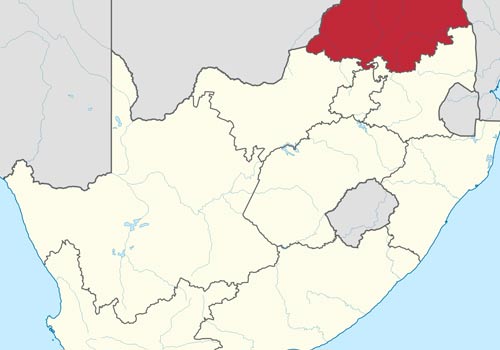
Limpopo
The Garden Route is a long and narrow coastal plain between Mossel Bay and the Mouth of Storms, known as the legend of South Africa’s paradise. The coast is dominated by three entrances: Mossel Bay, which marks the official start of the driver; Knysna, a forest-covered hilly landscape; Plettenberg Bay is dotted with good beaches suitable for swimming. Look forward to a wealth of outdoor adventures, from hiking to sea adventures or along the pipelines of deep river valleys.
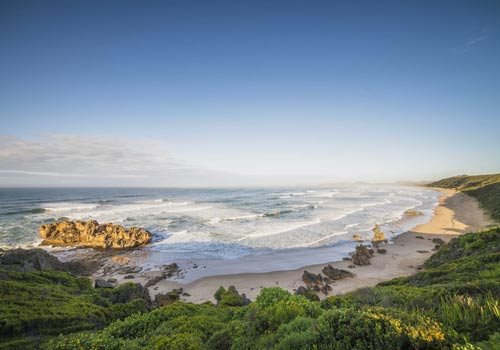
Garden Avenue
Winelands is all about indulgence: eating, drinking, and relaxing. Stellenbosch, Paarl, Franschuk, and Somerset West all have their own wine routes. These cities are steeped in Dutch colonial heritage and surrounded by vineyards. Winelands is one of the best places for food lovers to travel in South Africa. The region has a disproportionate concentration of the best restaurants in the country.
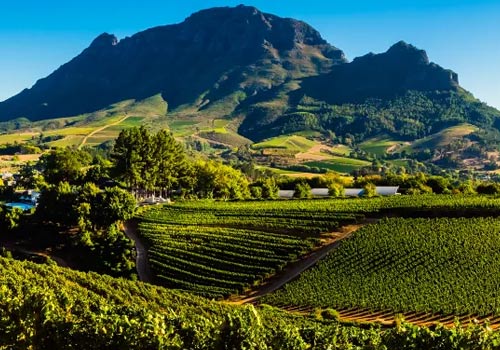
Winelands
In 1820, Port Elizabeth was the arrival point of 4,000 British settlers who doubled the English-speaking population of South Africa. The chimney and N2 prove that it was once an industrial centre, where cheap African labour was thriving. The port has some unique urban beaches along Nelson Mandela Bay, as well as beautiful coastal walkways and a small historical centre.
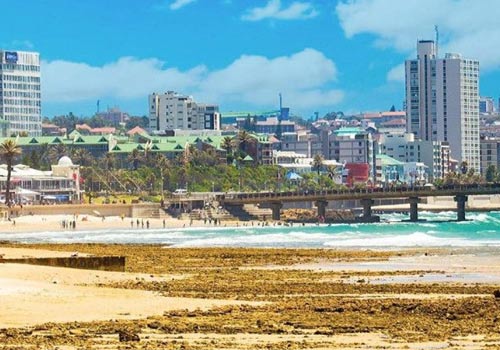
Port Elizabeth
The best time to visit South Africa depends on where you want to go and your interests. The west is best visited during the warmer months (November to April), while the eastern part of the country is ideal in the cooler months (May to October).
The peak season is from December to January and Easter when prices will increase, accommodation needs to be booked months in advance, especially around coastal areas and national parks. If you go to South Africa to see famous creatures, spring is the best time for whale watching, and autumn is the ideal time to watch wild animals.
June to August is the rainy season in Cape Town and the Western Cape, although prices are lower, and these months are good months to visit the arid regions of South Africa (such as the Karoo).
Since 2017, Saba Ghani has been serving as the talented and dedicated chief content writer for Pakistan Tour and Travel & EMHI Solutions. With her exceptional writing skills and in-depth knowledge of the travel industry, she has been instrumental in crafting engaging and informative content that captivates the audience. You can catch her at saba@pakistantourntravel.com or Twitter
12Years of relentless tourism Services in Pakistan